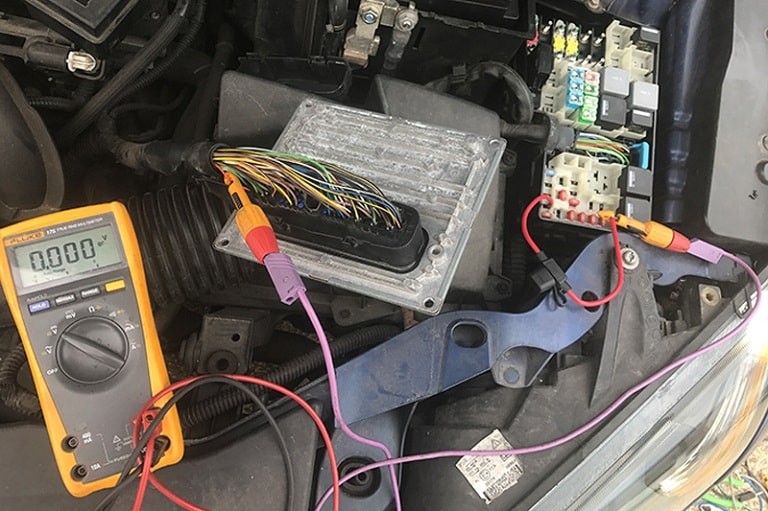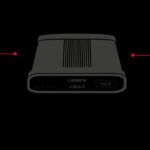The DTC U1900 code in Ford vehicles often signals a communication problem within the vehicle’s network, specifically between the instrument cluster and other modules. While often associated with instrument cluster malfunctions, the U1900 code can also stem from wiring issues, as highlighted in a recent case study. This article delves into the U1900 code, its potential causes, and diagnostic steps for effective resolution.
Decoding the U1900 Fault Code
The U1900 Diagnostic Trouble Code (DTC) typically indicates a “CAN Communication Bus Fault – Receive Error.” This suggests a breakdown in communication on the Controller Area Network (CAN), the vehicle’s central nervous system for electronic modules. In Ford vehicles, this often points to an issue with the instrument cluster, a common culprit for CAN communication errors. Symptoms may include a no-start condition, warning lights on the dashboard, or erratic gauge behavior.
Common Causes of DTC U1900 in Ford Vehicles
While a faulty instrument cluster is frequently implicated in U1900 errors, other potential causes include:
- Damaged Wiring or Connectors: Broken wires, corroded connectors, or loose connections within the CAN bus system can disrupt communication and trigger the U1900 code.
- Faulty Modules: While less common, other modules connected to the CAN bus, such as the powertrain control module (PCM) or body control module (BCM), can malfunction and contribute to communication errors.
- Low Battery Voltage: A weak battery or charging system can cause voltage fluctuations that disrupt the sensitive electronics within the CAN bus system.
Example of multimeter testing on an ECU
Diagnosing and Resolving the U1900 Code
A systematic approach is crucial for accurate diagnosis and effective repair:
-
Retrieve Diagnostic Trouble Codes (DTCs): Use a professional-grade diagnostic scanner to retrieve all stored DTCs, not just the U1900. This provides a comprehensive overview of potential issues.
-
Visual Inspection: Inspect the wiring harness and connectors related to the CAN bus system, paying close attention to the instrument cluster connections. Look for obvious damage, corrosion, or loose connections.
-
Wiring Tests: Use a multimeter to test the continuity and voltage of the CAN bus wiring. This helps identify broken wires, shorts, or open circuits. A recent case study revealed a missing 12V power supply to the ECU despite power at the fuse box, highlighting the importance of thorough wiring checks.
Inspecting fuse box pins for ECU power
-
Module Testing: If wiring checks are inconclusive, test the instrument cluster and other relevant modules using a diagnostic scanner or specialized testing equipment.
-
Address Underlying Issues: Based on the diagnostic findings, address the root cause. This may involve repairing or replacing faulty wiring, connectors, or modules. In the case study mentioned, a simple wiring bridge temporarily restored power to the ECU, confirming a wiring fault as the source of the U1900 code.
Conclusion: Effective U1900 Troubleshooting
The DTC U1900 in Ford vehicles requires a methodical diagnostic approach. While often linked to the instrument cluster, thorough wiring checks are crucial to rule out other potential causes, as demonstrated by the case study where a wiring fault triggered the U1900 code. Accurate diagnosis is paramount for efficient repair and prevents unnecessary part replacement. Remember to consult with a qualified automotive technician for professional assistance.

